Painting the exterior of your home is a big job, but it can also be very rewarding. Not only does a fresh paint job make your house look great, but it also protects the exterior from weather damage and helps keep it in good condition for years to come. If you’ve never painted before, this guide will help you understand the steps involved and give you some helpful tips to make sure your house painting project is successful!
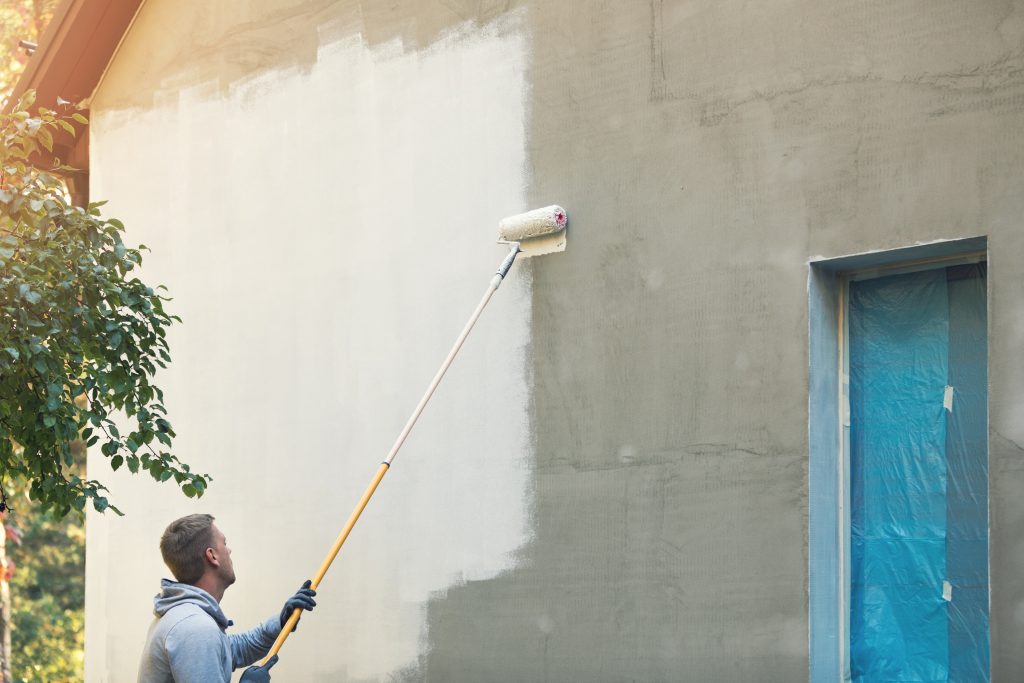
How Long Does Exterior Paint Last For?
Exterior paint typically lasts from 5 to 10 years, depending on the quality of the paint.
When it comes to quality paints, you can count on renowned brands like Sherwin Williams or Benjamin Moore. Not only are they reliable, but their coats of paint can also last up to 15 years and beyond!
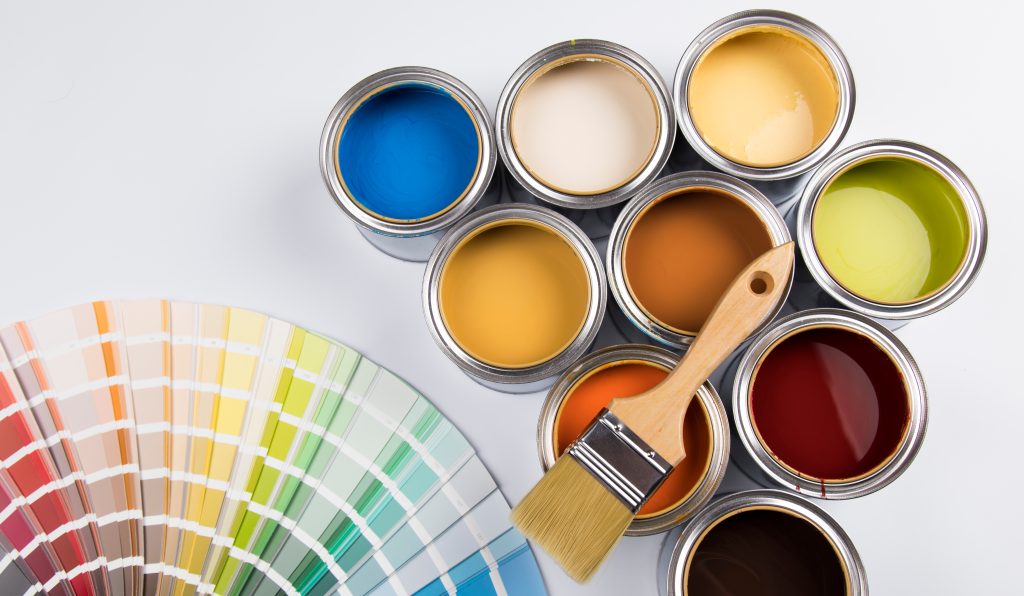
Poor quality paint can require repainting your exterior walls in as little as 5-7 years—a huge waste of time and money. Therefore, make sure you invest in only the highest-grade paints for lasting results that won’t need frequent reapplication!
Also keep in mind that the quality of the surface also plays a role in how long the paint lasts, with smooth surfaces lasting longer than rough or cracked ones.
Pick Out The Best Row Of Days To Paint
Picking out the best days to paint can be a tricky and time-consuming task. Weather conditions must be taken into account to ensure that your painting project comes out perfect in the end. Ideally, look for days when the temperature is comfortable and there is no chance of rain or high humidity. If you plan on being outdoors while you are painting, make sure to pick days with minimal wind as paint could get pushed away from the wall or surface you are working on. Keep an eye on the weather forecast during times when you plan to be painting and use your best judgment when it comes to picking out perfect day!
Proper prep is crucial
Painting the walls and exterior trim of a house is one of the most important steps in any painting project. It’s important to properly prepare the surfaces before you start painting, as this will ensure that the job turns out well. Start by sanding and scraping off any old paint from the surface. Once this is done, use a primer that will help the paint adhere to the surface.
Start by power-washing the exterior of your house to remove any loose paint, and dirt or grime that has accumulated over time.
You’ll want to use a pressure washer with a minimum of 3,000 psi. Adding a mild chemical like trisodium phosphate can help remove caked-on dirt and grime. Washing from the top down is the best method.
Clean Your Exterior Walls
As you inspect your house exterior, you’ll see dirt, grime, and other stuff on your walls. This will get between the paint and your home’s exterior walls.
This is an essential part of exterior house paint because damages will hurt your new paint. They’ll cause it to peel faster, meaning more work or money to fix it again.
You can clean it all off with a pressure washer and sometimes mild, environmentally-friendly solutions. They won’t harm people, plants, or animals.
Remember:
- Wash the exterior trim with a mild bleach and water solution
- Scrape off chipped and flaking paint
- Use a putty knife and sandpaper to fill in holes, cracks or dents in the surface.
*You can use a 2-part polyester resin filler to repair damages to your wood exterior. Sanding it after it cures helps even it out, so the patch doesn’t stick out like a sore thumb.
Pay attention to details!
You may find damages like cracks, peeling paint, water damage, and more. If you paint a house exterior with damages, it can make them easier to spot. Damages will also make the paint peel faster, which means another round of painting or hiring painters for you.
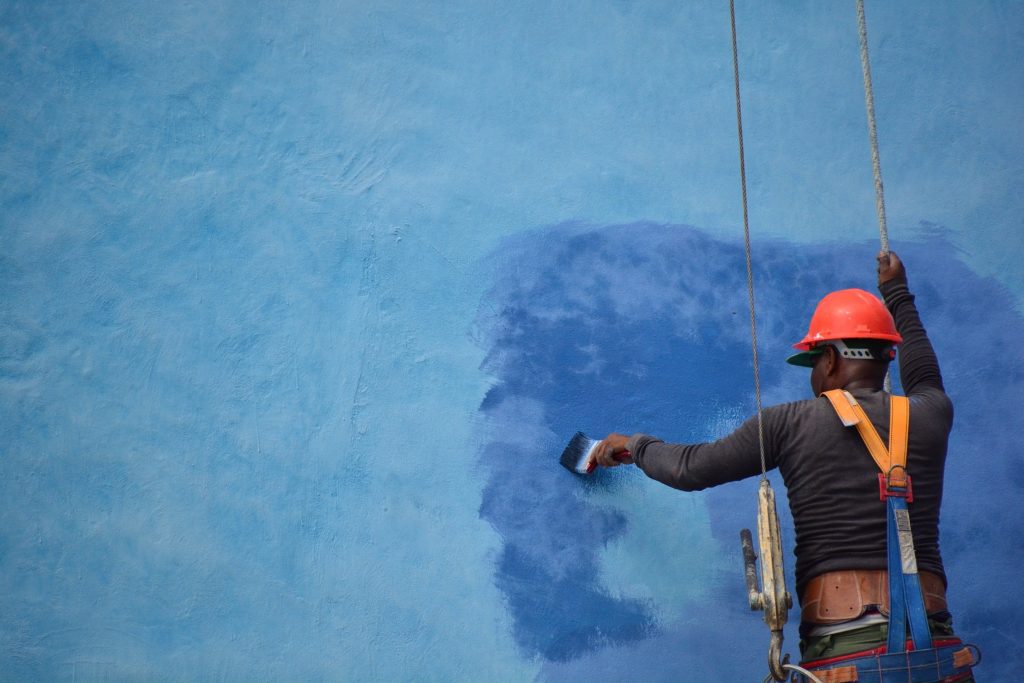
Prime any bare wood
You can use a primer to help the paint stick to the surface better and longer. There are options for paint and primer in one, but they have mixed reviews on how well they work.
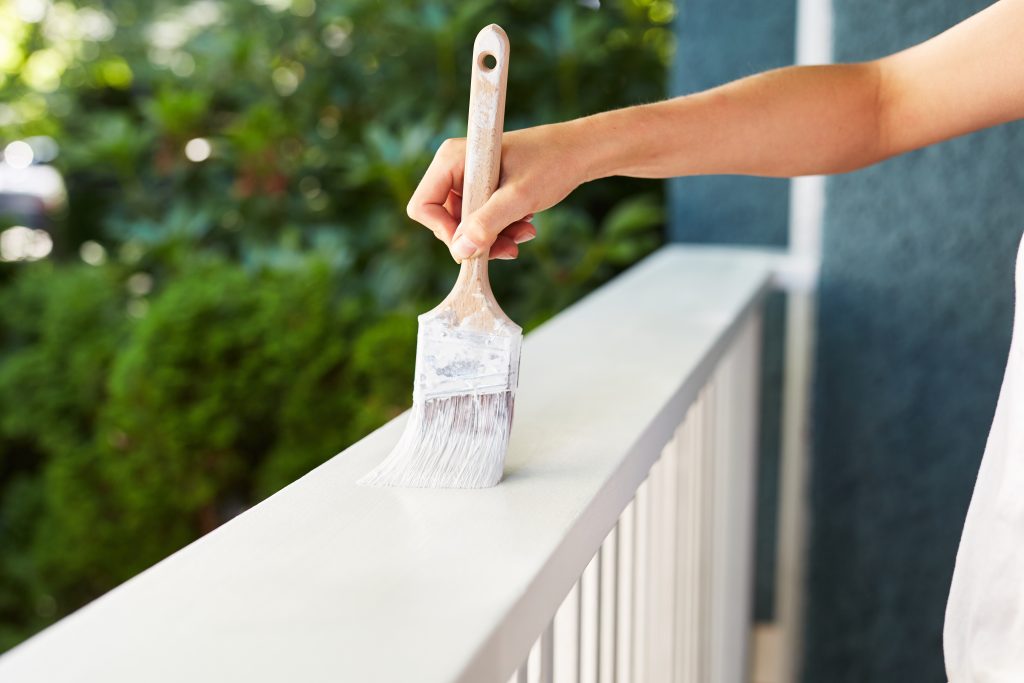
Caulking is your best ally
Caulking is required when you fill a gap between two things with a special sealant that helps the paint stick better. It can also help prevent water from getting in and creating damage like rot or mould.
Caulk joints where boards meet other boards, brick, stone and siding.
Painter’s tape
Use painter’s tape around any areas you don’t want to be painted like (windows and door frames). Make sure your exterior paint job is flawless with Quality Exterior Surface Painter’s Tape—designed to resist wind, rain, humidity and direct sunlight. Get the most out of your outdoor painting projects with this durable tape!
Lay Drop Cloths Over Natural Areas
You want to give your plants water, not paint. Paint can hurt your plants if too much gets on them.
Drop cloths will raise the temperature, which may still hurt your plants, but it’s much better than getting paint all over them.
Other important things to pay attention to are:
- Replace any rotten boards
- Set any loose nails
- Paint your exterior walls and trim with one or two coats of paint
You’ll love to paint a house exterior with higher-quality paint because it looks better and lasts longer.
*When you paint a raw brick home, the first coat of paint isn’t going to go very far since the brick will be quite porous. You need to paint the first coat on heavily and backroll it for proper coverage. Another option is to first spray a mist coat of an acrylic-based sealer like Seal Krete to help the paint spread more easily.
If your replacement boards are wood, prime on all six sides. The boards you need to replace may be in a problem area, making them likely to rot again in the future. Try to replace these boards with a stronger product than wood.
If my home is a two-story, will I safely reach the second level?
If you’re tackling a two-story home, make sure that you have the proper equipment that will allow you to reach the second story safely. Ladders, scaffolding and lifts are all viable options when painting or staining on higher levels of your home. Make sure to follow safety guidelines and if necessary, consult a professional for help.
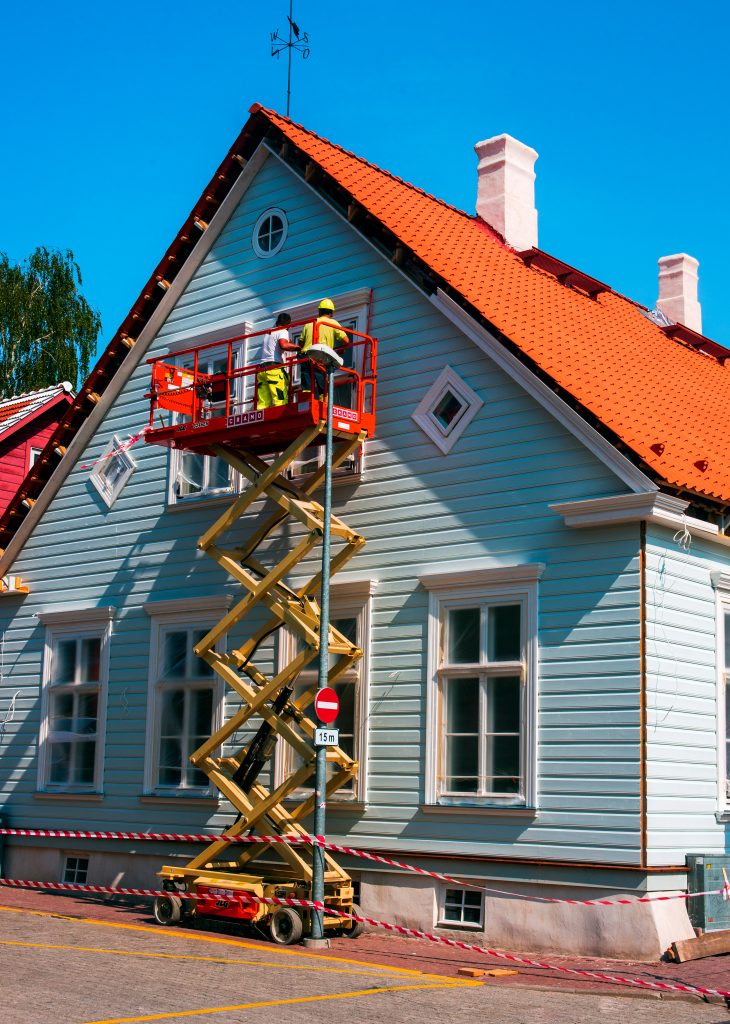
Painting Tips To Make The Job Easier
- You’ll want to start by painting about one-and-a-half inches around the border.
- Begin painting from the top of the wall down.
- Using even strokes helps make sure one area isn’t thicker than another.
- You can work in smaller sections, which will be about as far as your arm can reach.
- Using the back brushing technique will help you get a more even finish. This means brushing back into the area you just painted.
- You don’t want to feel awkward when you try to paint a house exterior from a ladder, so tie a rope to a 5-gallon bucket that holds your supplies when doing it. You will then be able to climb the ladder with the rope and pull your materials up. It’s way better than trying to hold everything in one hand and climb with the other.
- If you’re using a roller, a paint grid in your bucket can help you load the right amount of paint onto your roller. This will help make for a more even paint job.
How to maintain exterior house paint
Refresh your home’s exterior with a bit of maintenance work each year. Power wash the outside to keep it clean, prune landscaping trees or shrubbery that could scrape paint off, and touch up any scratched areas quickly. Plus, never forget about clogged gutters and downspouts as excessive water can wreak havoc on an exterior! With these simple steps, you’ll ensure that your house looks freshly painted all year long.
Potential Issues
Sunlight and UV Radiation:
Intense sunlight and moisture can easily cause the colour of your paint to pale or fade. Fortunately, latex paint withstands direct sunlight more effectively than oil-based or alkyd paint.
Water and Moisture:
Wood reacts to changing moisture levels by expanding and contracting, which can cause severe damage as the paint flakes off and cracks. To avoid this issue, opt for a permeable or breathable latex-based paint that allows water vapour to dissipate without affecting the surface of your walls. Alternatively, mildew growth caused by blistering can be prevented with special additives in paint; however, existing mildew cannot be exterminated in such a manner.
Change in Temperature:
The best acrylic latex paint is the ideal choice for regions with extreme temperatures as it offers superior adhesion and flexibility to avoid cracking or flaking of any substrate, such as wood, plywood or hardboard. These paints are designed to withstand expanding and/or contracting during freeze/thaw cycles, so you can trust their quality.
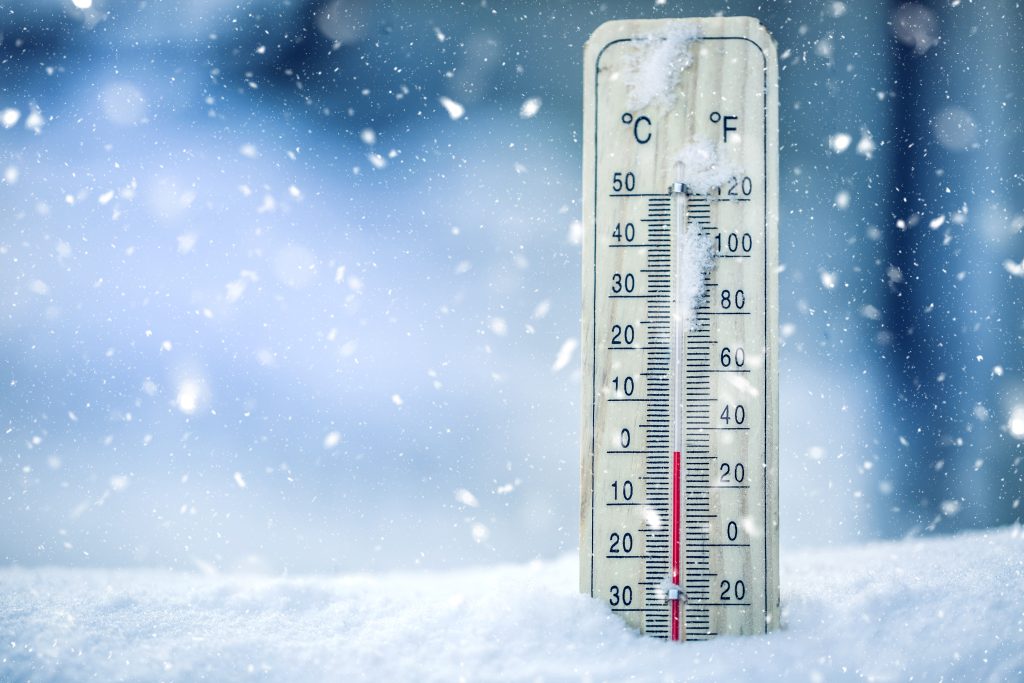
Paint Storage
Seal container lids tight by tapping with a hammer and a block of wood and always store solvent-based paint cans upside down to prevent a skin from forming. Avoid extreme heat or cold.
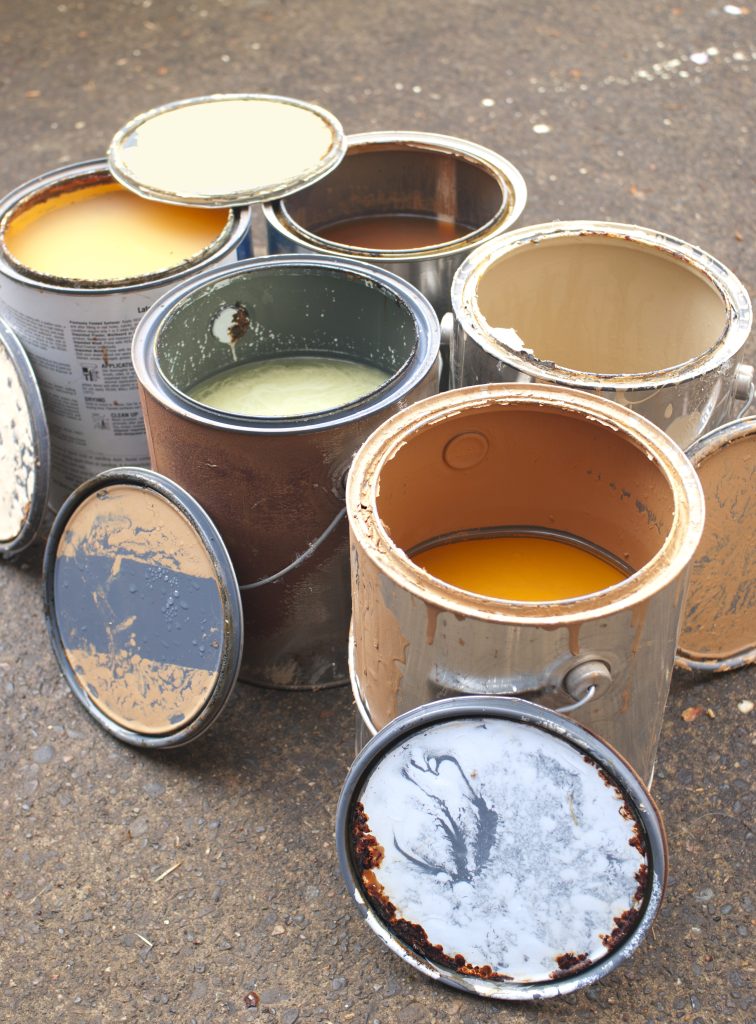
ReGeneration depots accept all leftover paint, including aerosol cans. If you want to recycle other products, visit a Paint Plus depot near you. To find the nearest facility, call their Recycling Hotline at 604-732-9253 (Lower Mainland) and 1-800-667-4321 (outside Lower Mainland).
That’s How to Paint Your Home’s Exterior!
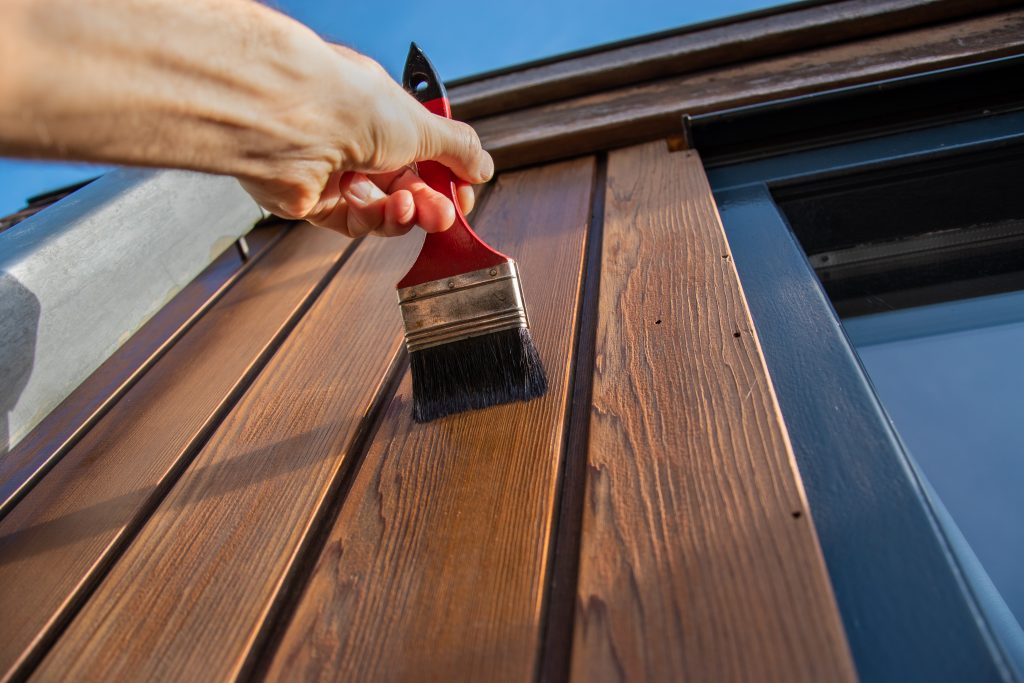
You can contact us if you don’t want to spend all that time getting hot and sweaty 15 feet up a ladder. If you want more information, check out our exterior painting content.
Should I do the exterior painting work myself or hire the pros?
Before you start picking out those eye-catching paint shades, take the time to weigh up whether it’s worth doing DIY exterior painting or hiring a specialist. There are plenty of things to consider when making this potentially big decision.
First, it is essential to carefully assess the scope of your project and determine how much time and energy it will take you to complete.
Professional painters often possess superior equipment, along with years of experience which facilitates them to efficiently finish exterior house painting jobs swiftly and accurately—something that an amateur DIYer may not be well-equipped to do.
Second, when planning this project, it’s essential to take into account the budget and anticipate the cost of additional materials. Ladders, brushes, sprayers, scaffolding and drop cloths can suddenly become a hefty expense!
A third consideration to keep in mind is potential pitfalls such as water damage, intricate landscaping and hazardous angles. These obstacles could critically decide whether you take on a task yourself or hire a professional.
You May Also Like To Know

